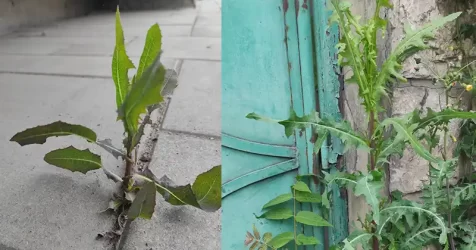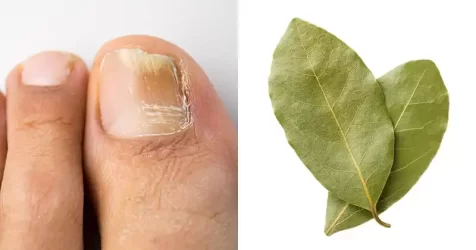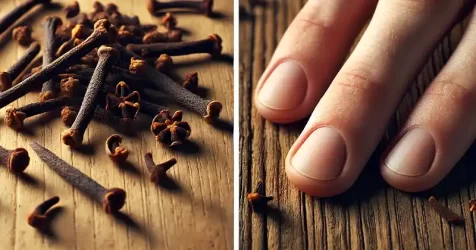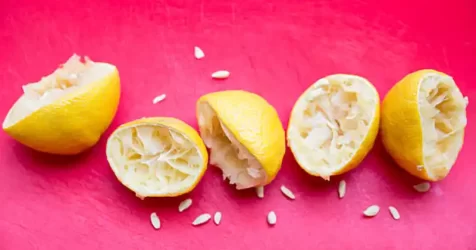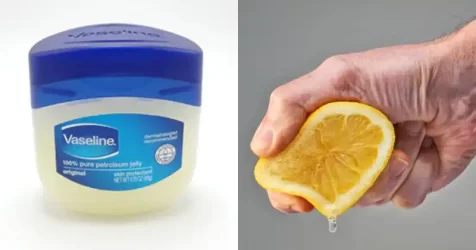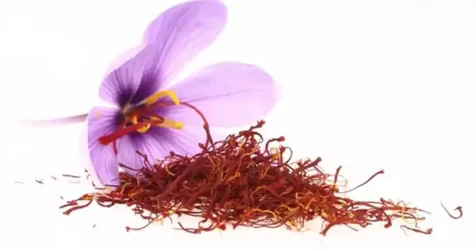Six Efficient Methods for Cleaning Your Glass Stovetop
Whether you clean your stovetop twice a year or twice daily, it deserves a thorough cleaning, and the method to achieve this is worth exploring. Quick cleans often fail to remove all the embedded residue, such as the pot spills around the burners, sauce splatters, or dried oil from meals cooked days ago. Eliminating these residues is crucial. If you lack store-bought oven cleaner (also suitable for stovetops) or a commercial cleaning solution, you can still do it yourself. Make your glass, ceramic, or stainless steel stovetop shine without causing any scratches by following the tips below!
1- Baking Soda and Towels
Work wonders with baking soda! Simply sprinkle a generous amount of baking soda on your cooktop, soak rags or towels in warm, soapy water, and place them on the surface. To see how easy and effective this method is, click on ‘Clean My Space’ for a demonstration. 2- Razor Blade Scraper While you may already have a small razor scraper in your toolbox or garage, you might not know that it is excellent for removing dried food. First, moisten the surface, then gently scrape away burnt food and debris, applying gentle downward and outward pressure. If you don’t own a scraper, you can purchase one at a hardware store. Rubber scrapers are another option.
2- Razor Blade Scraper
While you may already have a small razor scraper in your toolbox or garage, you might not know that it is excellent for removing dried food. First, moisten the surface, then gently scrape away burnt food and debris, applying gentle downward and outward pressure. If you don’t own a scraper, you can purchase one at a hardware store. Rubber scrapers are another option.
3- Ammonia
Always ventilate your area when using ammonia! For this technique, you’ll need rags or paper towels and plastic wrap. This method works particularly well for the areas around the burners where grime accumulates. If desired, you can remove the material from the burner.
Position rags or paper towels around the dirty edges of the burner, then pour ammonia onto the rags until they are soaked. Use a small cup or spoon if needed. Cover the stovetop with plastic wrap for a minimum of three hours or leave it overnight. Then, remove the covers and wipe the surface clean. 4- Vegetable Oil
Although it might seem illogical, oil can actually help remove grease stains from your cooktop. Apply olive or another vegetable oil to a paper towel and wipe down the greasy surface. This method is also effective on knobs, range hoods, and control panels! 5- Baking Soda and Hydrogen Peroxide Mixing these two common household items can help clean your stovetop. Combine ½ cup of baking soda with enough hydrogen peroxide to create a thick paste. Apply the paste to the cooktop and leave it for 15 minutes. Then, wipe off the dirtiest areas with a soft sponge or paper towel. 6- Lemon and Salt For non-glass cooktops, rub half a lemon over grease or food stains, sprinkle salt on top, and leave it for 5-10 minutes. Then, use a damp cloth to wipe them away. Lemon naturally degreases, while salt acts as an abrasive cleaner.
5- Baking Soda and Hydrogen Peroxide
Mixing these two common household items can help clean your stovetop. Combine ½ cup of baking soda with enough hydrogen peroxide to create a thick paste. Apply the paste to the cooktop and leave it for 15 minutes. Then, wipe off the dirtiest areas with a soft sponge or paper towel.
6- Lemon and Salt
For non-glass cooktops, rub half a lemon over grease or food stains, sprinkle salt on top, and leave it for 5-10 minutes. Then, use a damp cloth to wipe them away. Lemon naturally degreases, while salt acts as an abrasive cleaner.
While we won’t harp on how to prevent issues before they become a hardened mess on your stovetop, integrating any of these methods into your cleaning routine can help minimize leftover food particles. For stainless steel stoves, refrain from using metal scouring tools or abrasive cleaners. After using any of these methods, wipe the surface with a clean cloth or paper towel. Are you guilty of letting stovetop dirt accumulate? Have you tried any of these cleaning methods?




